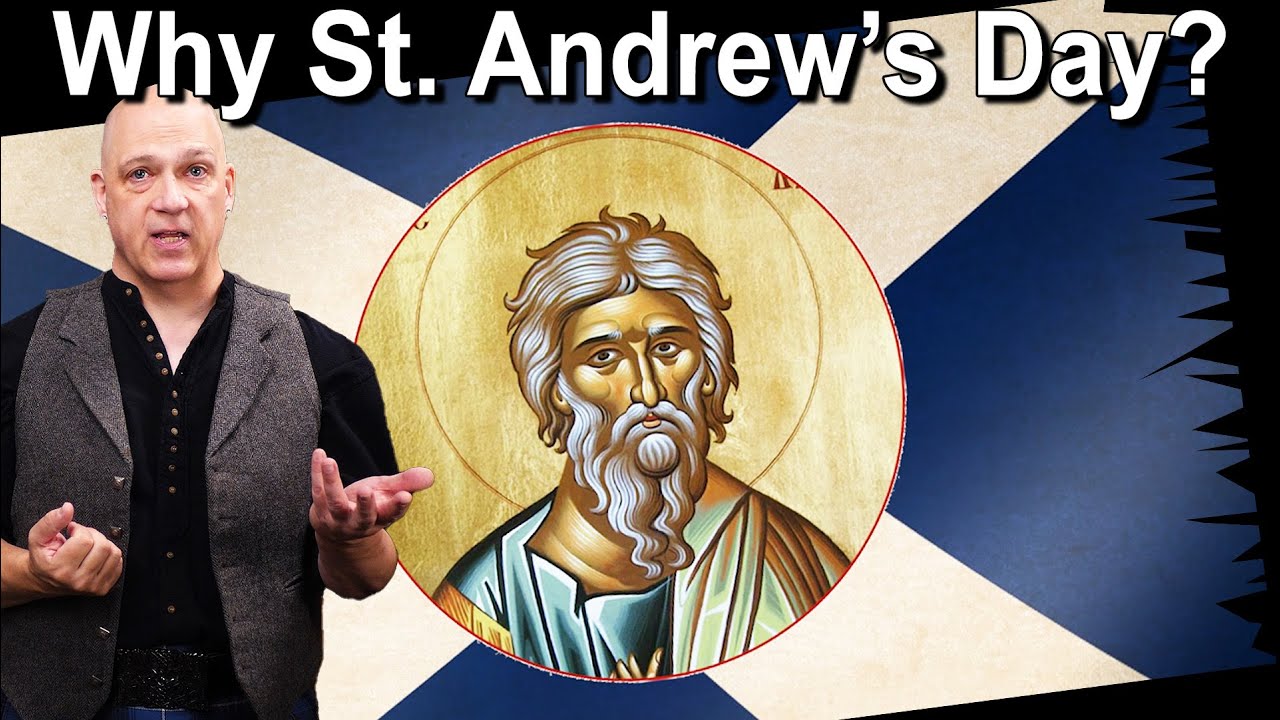St Pancras Church, Euston. A short tour.
Summary
TLDRSt. Pancras Church, opened in 1822, is an architectural marvel influenced by Greek styles. Built to accommodate the growing population of London, the church features elements like a high altar by Charles Holden, original pulpit made from famous oak, and stunning Victorian stained glass. Notable memorials honor those lost in wars, including the St. Pancras Regiment from WWI. The church also houses rare cariatids, and its tower, inspired by Greek design, was once the tallest in the area. The church's crypt holds over 500 people, offering a glimpse into London’s rich history and spiritual legacy.
Takeaways
- 😀 The St. Pancras Church in London was opened in 1822, built to accommodate the rapidly growing local population.
- 😀 The church was designed to be the most expensive after St. Paul's Cathedral at the time of its construction.
- 😀 St. Pancras, a little-known saint in Britain, is remembered across Europe for his martyrdom at 14 for converting to Christianity.
- 😀 The church's design was influenced by Greek architecture, inspired by William Inwood and his son Henry's trip to Greece.
- 😀 Charles Holden, a famous architect, designed the high altar of the church, which was installed in the 1920s.
- 😀 The original pulpit, made from timber of a famous oak tree, was built for the church's opening in 1822 and has since been moved and shortened.
- 😀 Stained glass windows installed in the late 1800s were of high quality, most in memory of parish benefactors or local war victims.
- 😀 The church holds war memorials, including one for the St. Pancras Regiment, which commemorates 1,669 men who died during World War I.
- 😀 The church features rare caryatids—sculpted women who support the roof, copied from Greek temples but altered during construction.
- 😀 A statue of the Archangel Michael in the church's garden serves as a memorial to the 7/7 bombings in London in 2005, symbolizing the scars of that day.
Q & A
Why was St. Pancras Church built?
-St. Pancras Church was built in 1822 to accommodate the growing population in the area of London. The old church, located a mile away, was too small to serve the increasing number of people.
How was St. Pancras Church funded and what was its significance in terms of cost?
-St. Pancras Church was funded by a substantial investment and was one of the most expensive churches built at the time, second only to St. Paul's Cathedral in London.
Who was St. Pancras and why is he remembered?
-St. Pancras was a 14-year-old Roman who converted to Christianity and was martyred for his beliefs. He is remembered across Europe, with only a few churches in Britain dedicated to him.
What inspired the architectural design of St. Pancras Church?
-The architectural design of the church was influenced by classical Greek architecture. William Inwood and his son Henry Inwood visited Greece and were inspired by the buildings of the Acropolis, which they incorporated into the church’s design.
What role did Charles Holden play in the church's design?
-Charles Holden was the architect behind the high altar in St. Pancras Church. He was a famous architect known for his work in London, including Senate House for the University of London and projects for the London Underground.
What is the historical significance of the church's stained glass windows?
-The stained glass windows in the church were installed in the late 1800s by the Victorians, who were fond of adding stained glass to churches. The windows are of high quality and serve as memorials for benefactors and parishioners who contributed to the church.
What are the memorials at St. Pancras Church and what do they represent?
-The church contains several war memorials, including a memorial for those killed in wars and the St. Pancras Regiment's memorial for the First World War. The latter commemorates the regiment's role in the capture of Jerusalem in 1917.
What makes the caryatids in St. Pancras Church unique?
-The eight caryatids in St. Pancras Church, four on each side, are unique because they are rare in British church architecture. They are inspired by Greek temples and were brought to the church after being slightly modified due to their original size being too tall.
What is the significance of the angel statue in the church garden?
-The angel statue represents the Archangel Michael, a figure in Judaism, Christianity, and Islam. It was sculpted by Emily Young following the 7/7 bombings in London, serving as a moving memorial to those affected by the bomb blast near the church in 2005.
What is notable about the organ in St. Pancras Church?
-The organ in St. Pancras Church, installed in 1864, was originally used in a music hall in Birmingham before being relocated. It has been restored over time but continues to play a key role in both worship and concerts at the church.
Outlines

Cette section est réservée aux utilisateurs payants. Améliorez votre compte pour accéder à cette section.
Améliorer maintenantMindmap

Cette section est réservée aux utilisateurs payants. Améliorez votre compte pour accéder à cette section.
Améliorer maintenantKeywords

Cette section est réservée aux utilisateurs payants. Améliorez votre compte pour accéder à cette section.
Améliorer maintenantHighlights

Cette section est réservée aux utilisateurs payants. Améliorez votre compte pour accéder à cette section.
Améliorer maintenantTranscripts

Cette section est réservée aux utilisateurs payants. Améliorez votre compte pour accéder à cette section.
Améliorer maintenantVoir Plus de Vidéos Connexes

10 rzeczy, które musisz wiedzieć o IVE

Try THIS Instead of Google Translate

Saint Andrew's Day - Who Was St. Andrew And Why Do Scots Celebrate His Day?

07 - Filosofia Cristã

Danmark på hæld - Slavehandel på Dansk Vestindien i 250 ÅR!

The Catholic Church - Builder of Civilization, Episode 5: The University System

A CRUZ QUE FALA - Série: Símbolos Franciscanos (2/5)
5.0 / 5 (0 votes)
